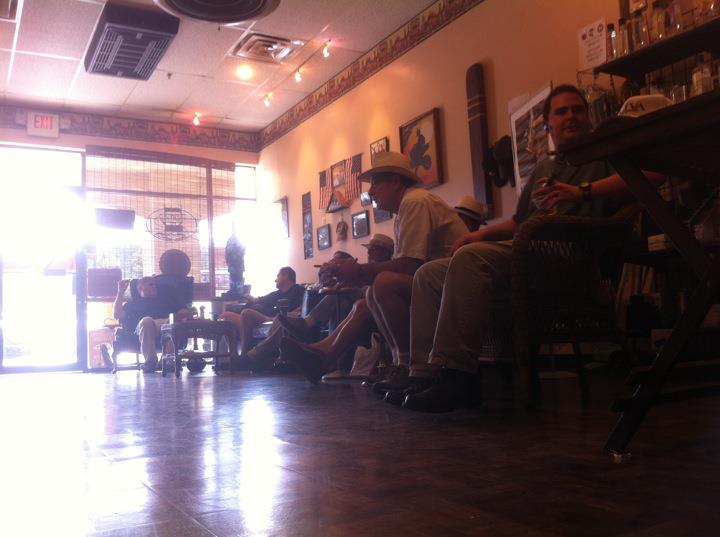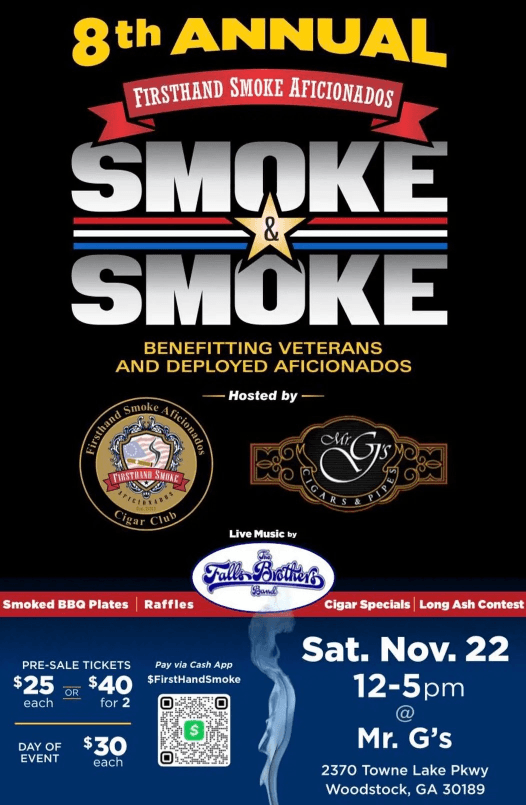The cigars you see a your local cigar shop came along way before they were put on the shelves for sale. The tobacco from your cigar was once a small seed that produced acres of tobacco. Did you know that two tablespoons of seed could produce 10 acres of cigar tobacco? Once the seeds are planted, the harvesting of the leaves begins. Each level of the leaves produces a different flavor. The bottom leaves (Valdo) produce the mildest flavors, the middle leaves (Seco) produce medium flavors, and the top leaves (Corona) produce the strongest flavors. Most people tend to prefer the Seco leaves and their medium flavor. The flavor from the leaves depends on their exposure to the sun. As you can assume, the Valdo leaves receive the least amount of sunlight, whereas the Seco leaves receive the most.
Once the tobacco leaves are sorted and resorted they are hung to dry. Each tobacco leaf is sorted according to size and texture and hung up to dry for 6-8 weeks. During this time the tobacco rids itself of sweat and toxins that have developed during the curing process.
Now that the tobacco leaves are done prepping, the blending occurs. The blender (maker of the cigar) combines three components of the cigar: the filer, the binder, and the wrapper to create the perfect smoke. Depending on the size of the cigar, there could be as many as four different types of tobacco in each cigar
Now that the filling is complete it is time to start shaping. Each cigar is hand shaped to a perfect cylinder and massaged into a mold. Once the mold is in place, the outer wrapper of the cigar is applied.
Once the cigar is complete it is time to “honeymoon” them in a room together for about 3 weeks. It is during this process that the tobacco ages and flavors synthesize together.
Please contact us if you have any questions about the cigar process.
What is your favorite type of cigar?





